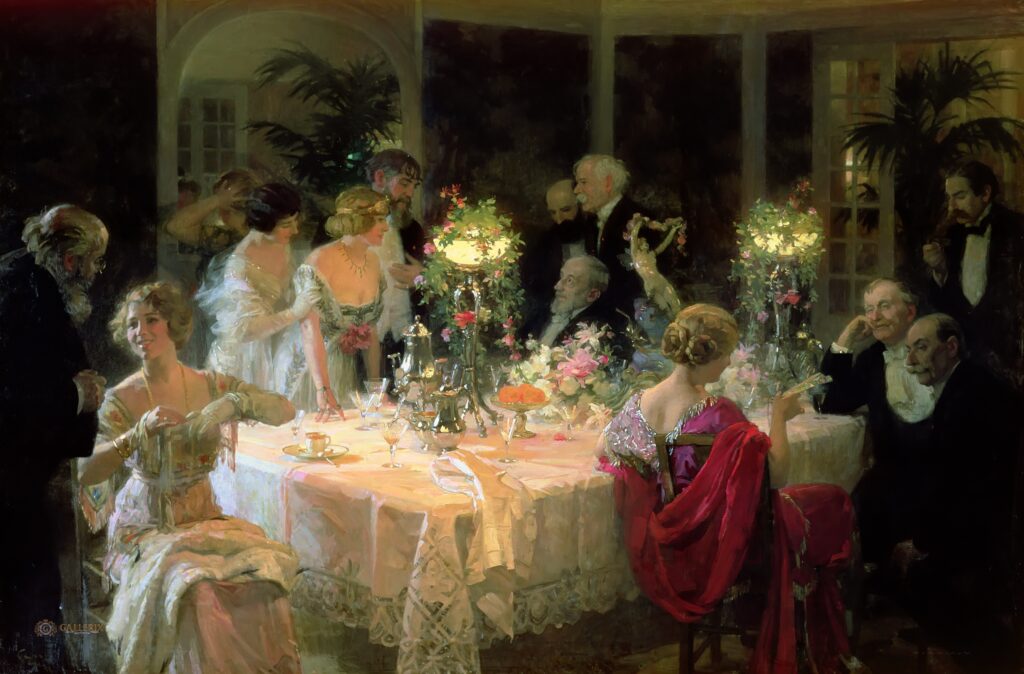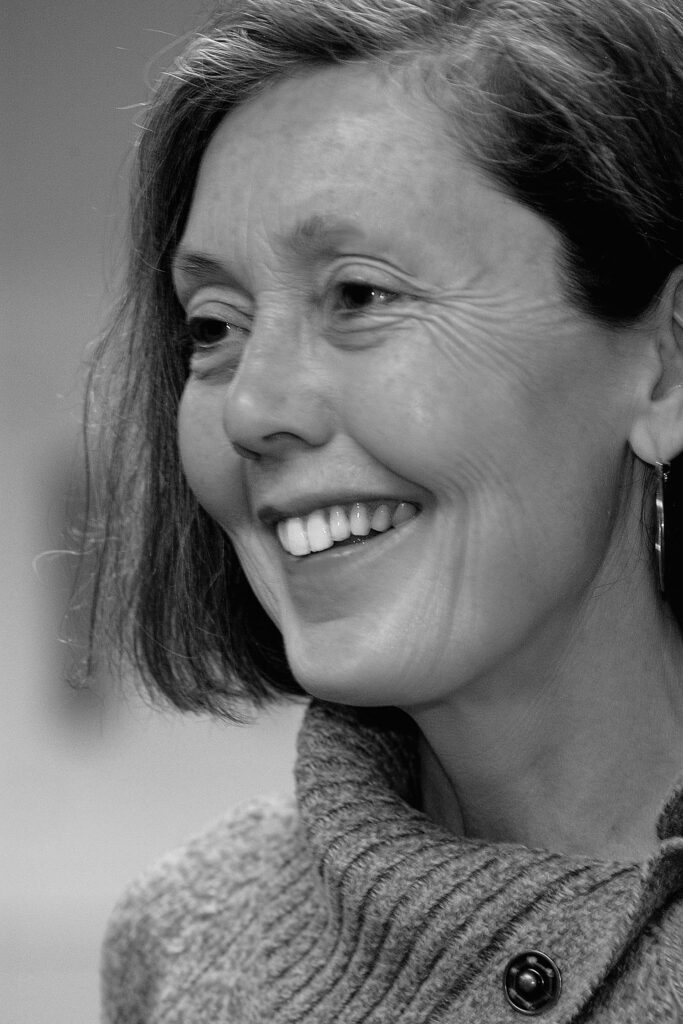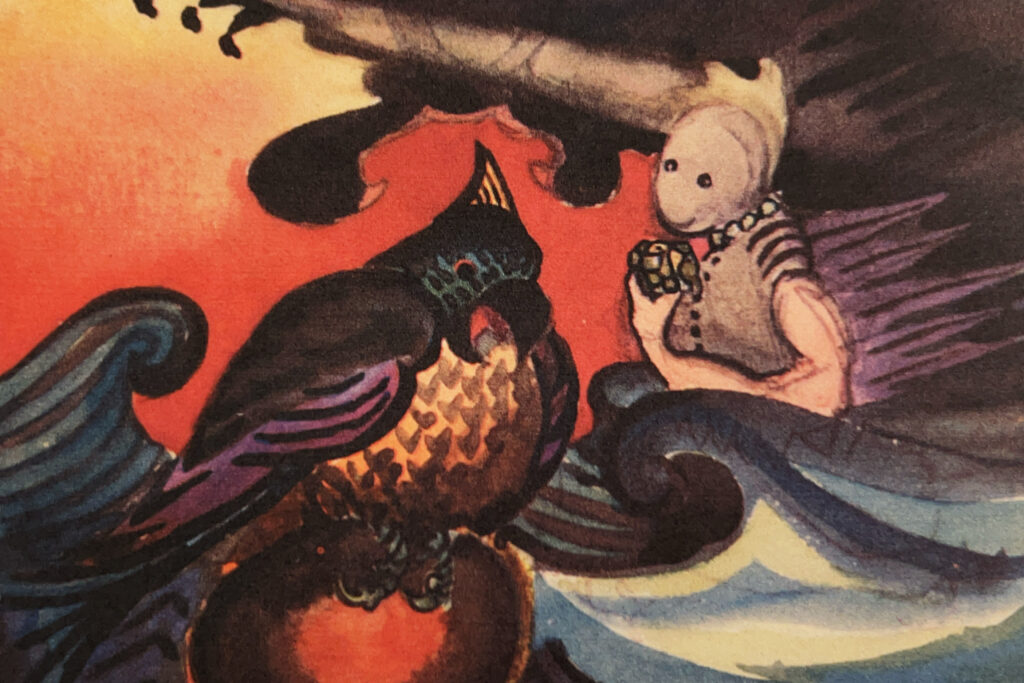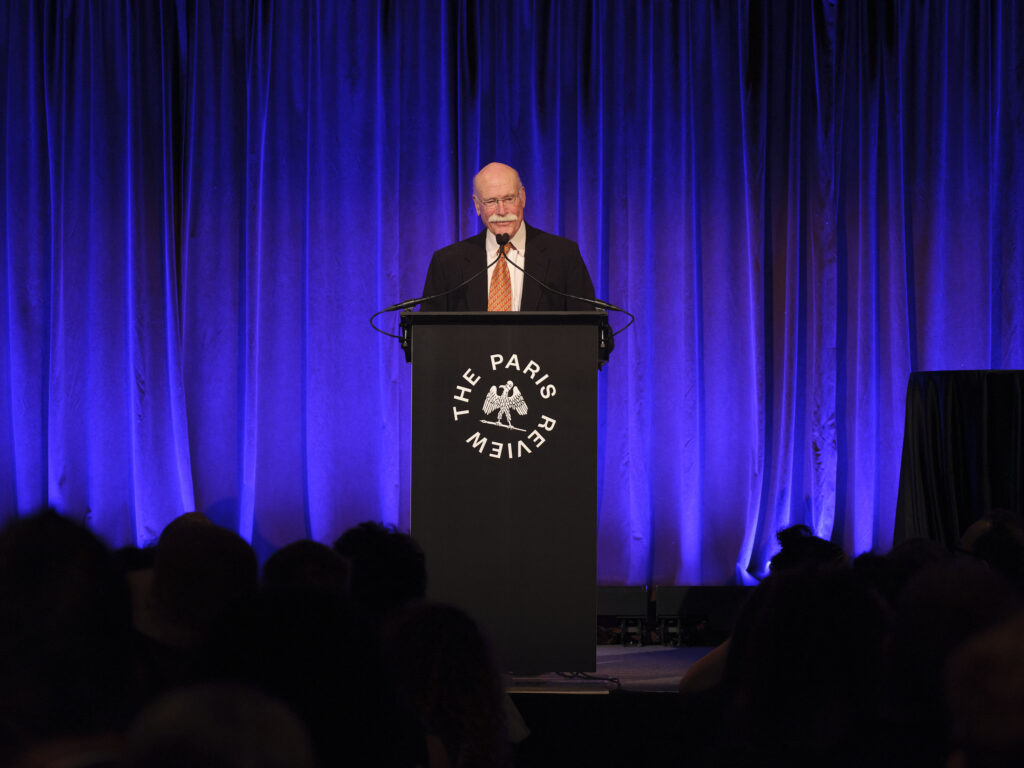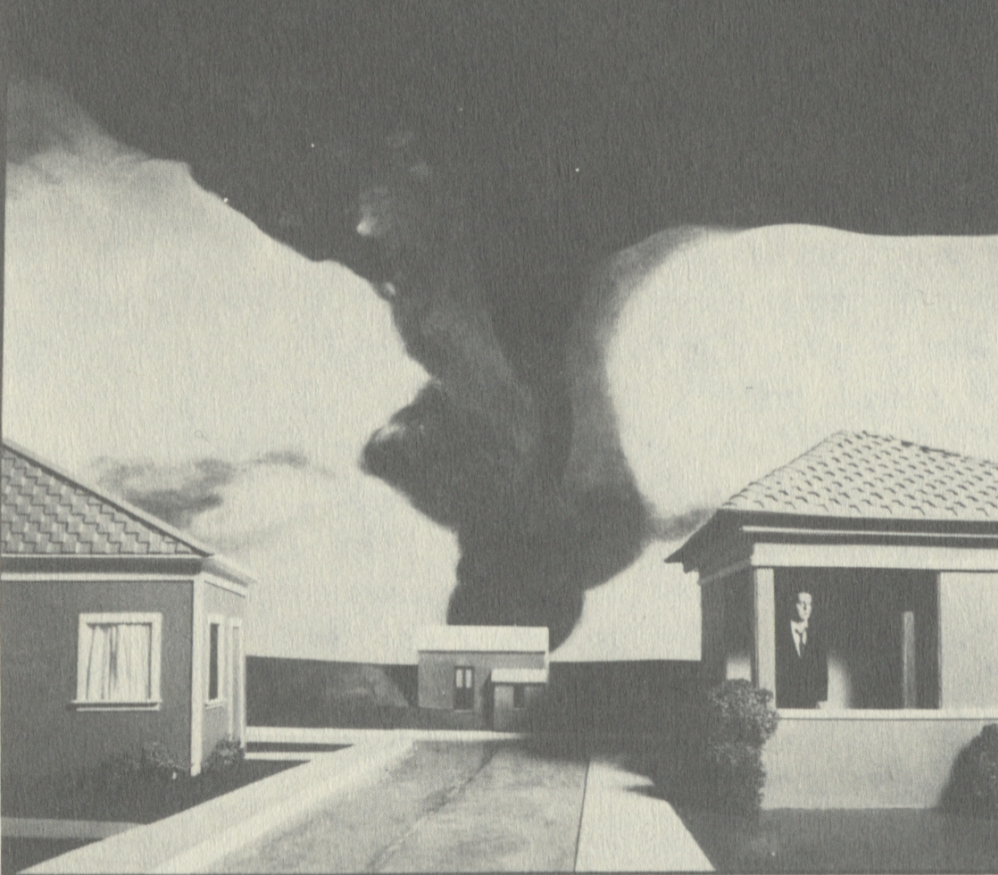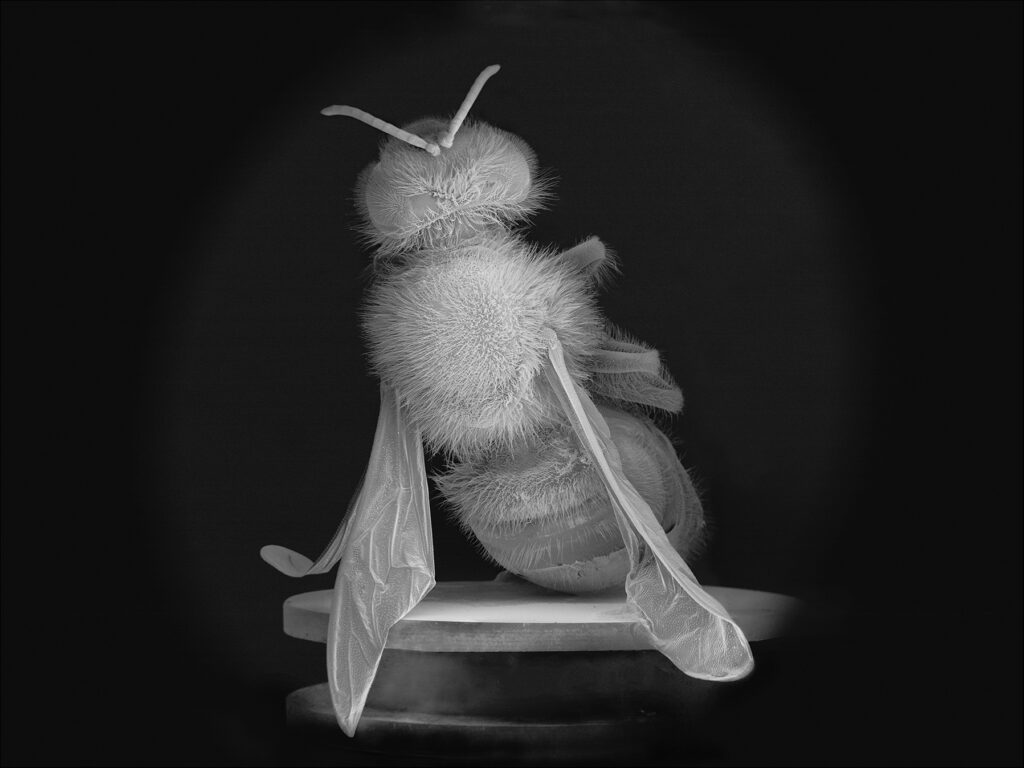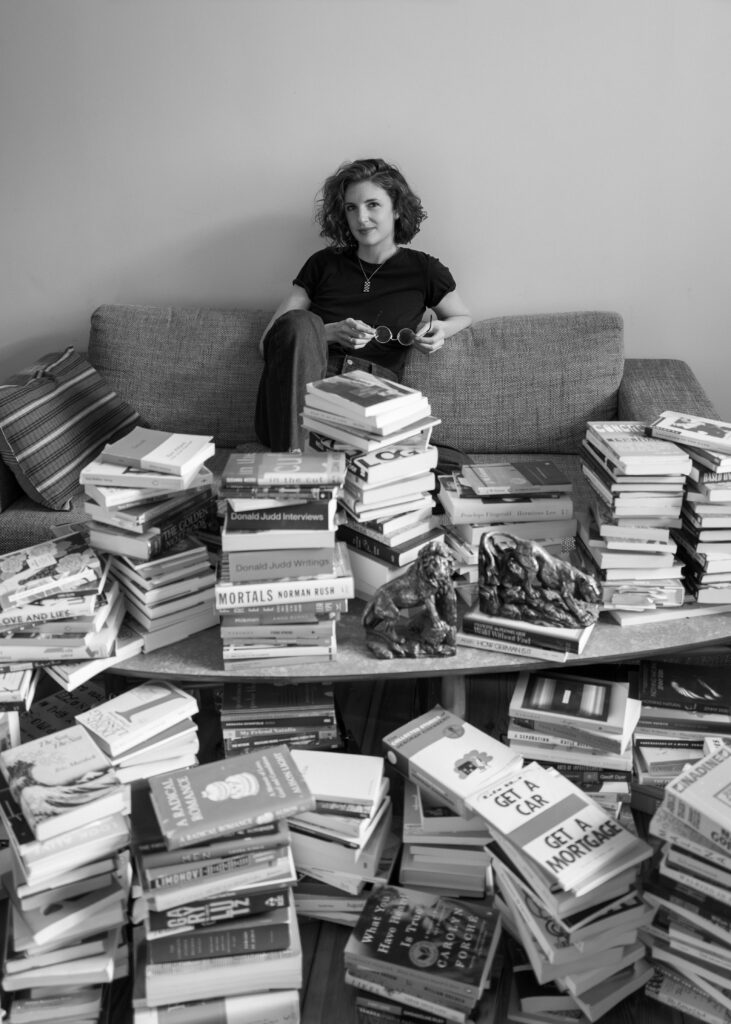The End of Dinner, Jules-Alexandre Grün, 1913. Public domain.
In our new Spring issue, we published the short story “The Beautiful Salmon” by Joanna Kavenna. It features one of the most disastrous-sounding dinner parties I’ve ever read about in fiction, which is a meaningful distinction; it is also very funny at times and slightly surreal and imbued with a kind of offbeat philosophical bent. “People often talk about learning experiences and, in the days after the salmon-based fiasco, I wondered about this,” the narrator says, at the end of the story. And it’s a good question: What do we learn from an experience like this? Anything at all? “The Beautiful Salmon” made me think of dinner parties I’d attended or hosted—ones that had gone well and ones that had gone quite poorly and ones that had gone just fine, so that they mostly escaped my memory except for the specific dish or the offhand comment that has stuck with me for years. The significance of these moments, when we’re sharing meals with a group of people, often with a certain sense of occasion, have a particular type of comedy and drama that is often hard to distill or decipher. And so I asked some writers we admire to write short essays on dinner parties they remembered, often long after the dishes were removed from the sink.
—Sophie Haigney, web editor
Irresolute, no, shivering, I was waiting—lingering—outside the Museum of the History of Polish Jews in Warsaw, which I had not yet seen beyond the entrance hall and the large auditorium, in which I’d just attended an event honoring the Swedish writer Lars Gustafsson, who had died a few months before. (The only real names in this story are the names of the dead.) The event, conducted in Polish and Swedish, was unintelligible to me, but my understanding was not a priority: it was one of the few invitations I’d received since moving to Warsaw two months before, and I accepted all of them, catholic in my pursuit of a real life. So far I had only an apartment, a rhythm of groceries and laundry, early mornings at a desk, and daily trips by tram to a cold classroom for language lessons. Technically, we hadn’t yet passed from autumn to winter, but it was as cold as any winter in New York. Lingering there, hoping to catch sight of someone I’d already met, specifically the woman who had invited me, I was wearing a blue wool coat, several years old and oversize in such a way that I looked tubular. But its bright, almost azure hue might draw attention in the swirl of black.
In the middle of this event, a string quartet had performed several songs—études by Chopin, I learned from the program—and I’d realized that for me, and perhaps for no one else in the audience, the music and the words were exactly the same. Both signified nothing except sound. And, still lingering, now concluding that I should probably just walk to the tram stop and give up on the idea of any continuation of the evening, I thought that this, the event, but also my daily life in a country in which I spoke approximately five hundred words of the language, was the closest I’d ever get to actually remembering childhood before language, when people must have talked all the time around me without my comprehending words as words.
Copyright
© The Paris Review

